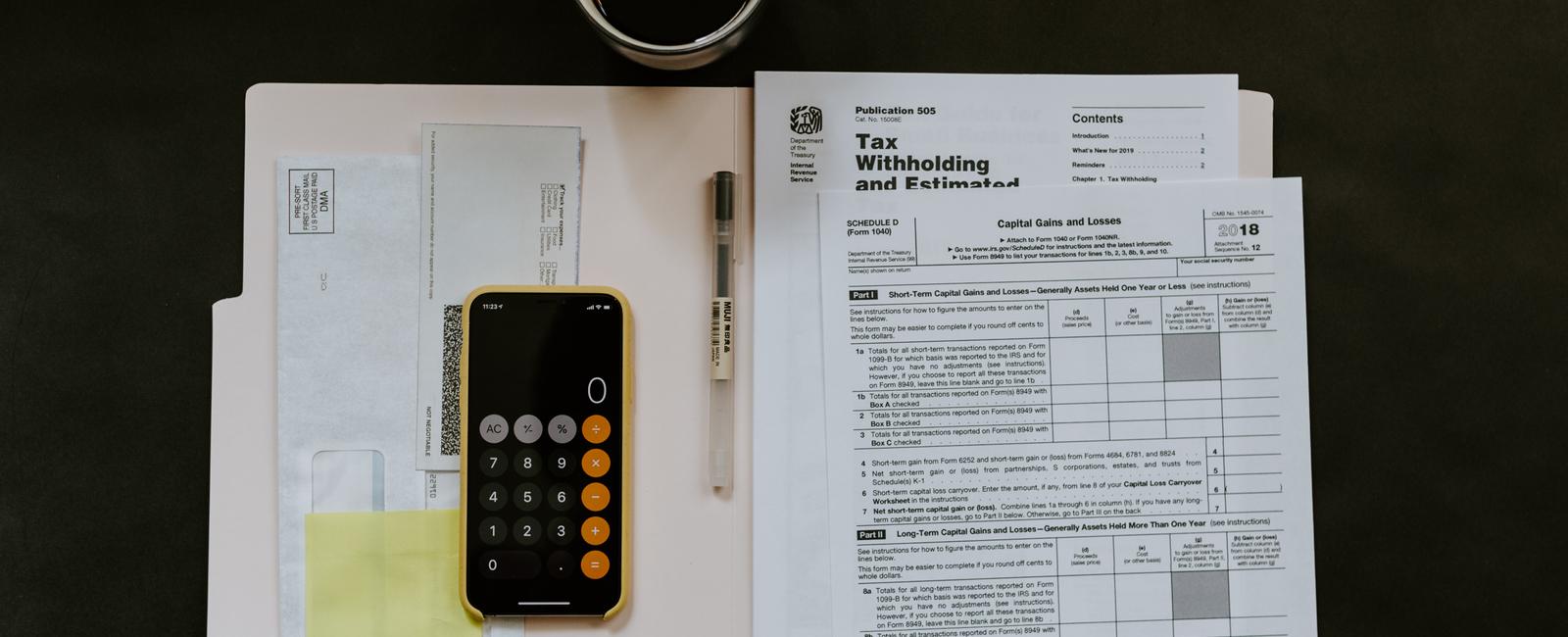

How to do financial control with the provision of payments
Having efficient management and up-to-date financial control are key issues for a business to be successful, so in this article you will understand a little more about financial control, especially considering the payment provision.
One of the most relevant issues, when we talk about financial control, is money, after all, this is an essential pillar that is part of the daily routine of companies and, without proper financial management, it is not possible to plan for the growth of your business.
In order for you to have successful financial planning, it is necessary to have control of all your company’s costs and expenses, in addition to strict control of your inflows and outflows. Check out the main points to be done to improve your financial control below:
- Control your cash flow daily
- Register all financial transactions of your company
- Make provision for payments
- Maintain a financial reserve fund for your business
- Define cost and budget projections
- Conduct risk management and analysis
One of the most relevant points to consider when carrying out your financial planning is the provision of payments, which we will cover throughout this article, including practical examples.
What is provision for payments?
The payment provision is the control made from the estimated financial entries, which can be used both for budget planning and for cash.
From the moment the estimated amounts for payments are registered - up to three months in advance - it is easier to make new commitments in the short and medium-term, thanks to advance knowledge and reserve the ideal amount of money needed to ensure good capacity payment in future periods.
The provisioning action consists of identifying amounts to be disbursed in the future and informing them to the company’s internal financial control.
These postings can be carried out by the financial area when, normally, they refer to postings of periodic expenses, or by the commercial area, when they are generated by purchase orders made by the buyer. Therefore, this procedure will have two origins:
1st – Provision for recurring financial outflows
This entry is made directly by the financial area employee who, based on the history of those recurring payments made in the past (electricity, water, rent, insurance, maintenance, etc.), makes more real estimates about them and records all these future expenses that occur regularly.
2nd – Provision for obligations assumed with a supplier
Agreements with suppliers will always generate other eventual provisions, therefore, whenever an obligation is assumed, the estimated expense must be provisioned, recording and reserving amounts.
In this case, the information will be generated from the negotiations carried out, that is, as soon as a formal request for products or services is made with a supplier, a purchase order is issued.
All purchase orders issued signal an expense that will occur, so it is necessary to register, in the company’s internal financial control, the provision of the amounts that are present in the order.
Once this is done, all the supposed expenses are entered, generating very valuable information for the company and many advantages for the business manager:
- Facilitates the elaboration of projects
- Supports planning for upcoming periods
- It makes it possible to identify the capital needed to fulfil the obligations
- Helps in the punctuality of the fulfilment of financial obligations
- Allows you to anticipate possible problems with future working capital.
Below you can see the ways to perform this task and in which situations they are recommended:
Financial control and payment provision with an Integrated System
You can use integrated management software, also known as ERP, which will allow you to carry out the pre-release of estimated payments.
Thus, the system automatically updates the financial and cash flow, until the commitment is formalized through payment of the title.
It is recommended to use an ERP for companies that have a large number of purchases and expenses.
Financial control and provision of payments electronically and manually
By using electronic spreadsheets or separate programs where all provisioned payments are included, it is possible to organize them independently from other internal operations.
This type of control is recommended for companies with a low volume of purchases and expenses, as the non-integration of processes makes the procedure subject to errors when recording information, which can compromise the company’s cash flow.
Financial control and provision of payments manually
Using paper controls to make notes of all possible company payments, or even tracking them according to recall, is an extremely risky process that is prone to many types of errors.
The change in the form of financial control has been happening for some time, even if it is manual in spreadsheets or electronic systems, but the reality is that using an ERP can cost you much less when we talk about the long term.
Related Posts


Quick Links



![Tanzania Tea Packers Limited (TATEPA) Public Announcement – November 2025 [A Comprehensive Investor and Industry Analysis]](/static/1118ed6b655f885f894069eb2ae25ee6/144fe/im.jpg)
![オープンハウス(Open House)[概念、文化的背景、そして日本不動産市場における重要性]](/static/f2541650dd2463cf888a22038777afa7/144fe/im.jpg)
![IRS Inflation Check [Is It Real, Who Qualifies, and What Payments Are Actually Available in 2026?]](/static/f2f8161a52f5c818afa8658d7d401ec8/144fe/im.jpg)